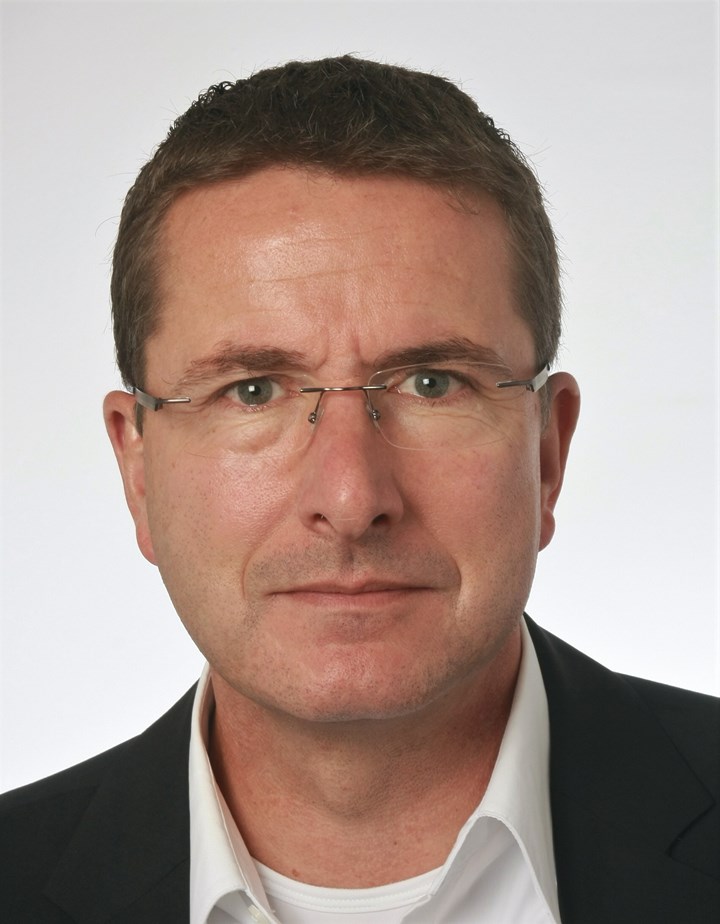Q: What characteristics should I look for in an aqueous cleaning system?
A: In addition to the actual cleaning technology (for example, ultrasonic, cyclic nucleation, spray cleaning), a critical cleaning process must also use suitable chemicals to ensure high-quality rinsing and drying processes. This combination guarantees there will be no direct or delayed recontamination or cross contamination.
Featured Content
A good cleaning equipment OEM will invest a lot of time with customers to determine a suitable cleaning process for their applications. The OEM will perform a few cleaning tests with the customer and, if the results are positive, the customer receives a quote for a cleaning system with one or two rinsing baths and a dryer. However, this is only the beginning of determining the best equipment for the customer. Anyone can get good results in a laboratory setting. A cleaning system must provide these same results 24/7 in a manufacturing environment.
The core tasks of a suitable industrial cleaning process are:
1. Removal of loose or slightly adhering contamination (filmic or particulate) from the entire component surface.
2. Removal of this contamination from the direct surface of the component to avoid re-/cross contamination.
3. Transporting contaminants to the appropriate filter systems.
Component cleanliness specifications are the benchmarks for the cleaning process.
Q: What happens to contaminants in the rinsing and drying processes?
A: Rinsing baths and their media treatment are two sides of the same coin. The quality in relation to the particulate or filmic contamination ultimately determines the degree of technical cleanliness. During the cleaning itself, the contamination is removed from the surface. This happens by mechanical forces in direct cooperation with the appropriate chemistry. The coarse contamination is dissolved in the medium and the main amount is removed, often by an oil separator or filter in the medium circuit.
But contaminants remain in the cleaning fluid and are carried into the rinsing process via the component. After several batches, the contamination concentrates and continuously influences the quality to the point that the parts no longer meet the
Contaminants remain in the cleaning fluid and carried into the rinsing process via the component. After several batches, the contamination concentrates and continuously influences the quality. Photo Credit: LPW
cleanliness requirements.
The drying process, too, is often the cause of recontamination because of the circulating hot air. Also, parts can be contaminated from the environment (via dirty ambient air) or from the system itself in the form of cross contamination. Contamination can include material deposits from the valves, air heaters, fans or other components of the heating element.
Q: What is the proper testing procedure with a cleaning equipment OEM?
The drying process is often the cause of recontamination because of the circulating hot air. Photo Credit: LPW
A: Preliminary tests provide evidence that the rinsing and drying process produces results with consistent quality. Suitable rinsing and drying systems can account for over 30% of the cleaning unit investment.
A quick laboratory test using a few parts needing cleaning is of no value. A low price is at first enticing but investing in a nonfunctional process will not be worth the cost savings.
A cleaning unit supplier should follow these proper stipulations during pretests with the customer:
- The cleanliness of the environment should be near to the real conditions
- The entire spectrum of the cleaning, rinsing and drying processes should be available
- The filter and media preparation systems must also be available for a long-term test and be able to prove their capability
- The media (water and air) must meet the required quality
- Verifiable references must be shown that can confirm the results of the preliminary tests
The sample parts to clean must have the same characteristics as the actual parts, including material, condition, geometry, contamination and packing density.
LPW | lpw-reinigungssysteme.de
About the Author
Gerhard Koblenzer is owner and CEO of LPW. Visit lpw-cleaning.com.
RELATED CONTENT
-
Use Social Media to Attract Young Manufacturing Talent
Nicole Wolter, president of HM Manufacturing and a millennial, suggests tips for creating a social media feed that attracts young people to manufacturing.
-
Manufacturing Knowledge is Power
The Knowledge Centers with video produced by brands such as Production Machining on the IMTS spark online platform take deep dives into technology and trends related to various CNC machining and manufacturing topics.
-
Good Bonding and Coating with Contact Angle Measurements
Darren Williams answers common questions about using a contact angle measurement to determine part cleanliness. Using water to test cleanliness reveals the effectiveness of a cleaning process.









